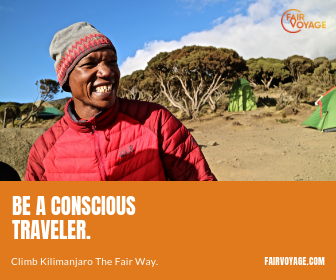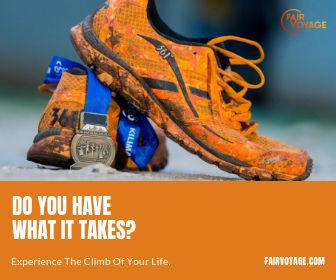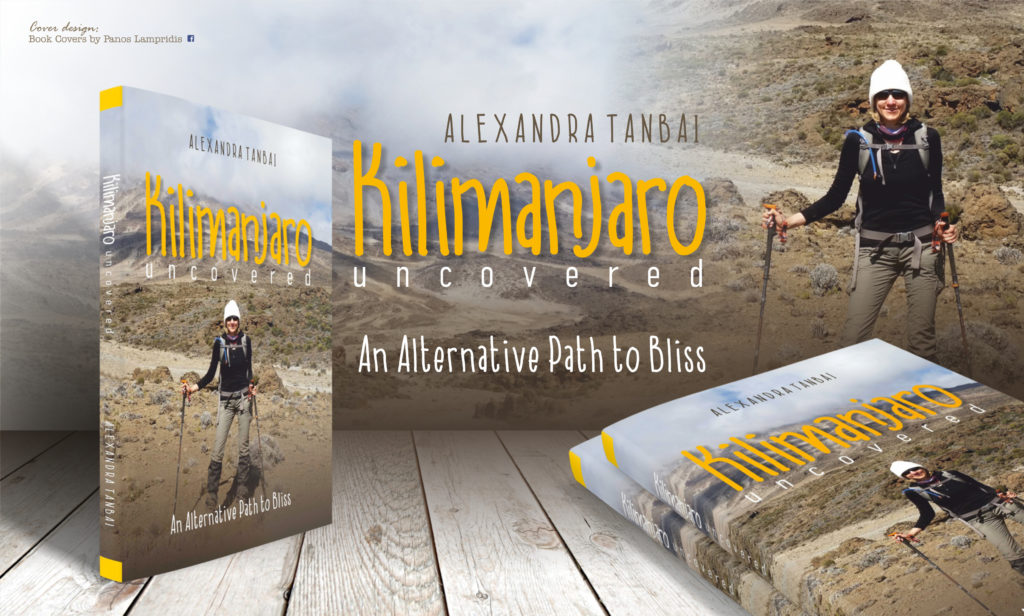Considering its height of 5,895 meters (19,341 feet), Mount Kilimanjaro is a relatively easy mountain to climb. Its slopes are mostly gentle, and there are well-trodden paths. One can literally walk up to the summit. Even though it is common to refer to “climbing” or “trekking” Mount Kilimanjaro, technically it is more a hike or walk than a climb or trek. No mountaineering skills are required, and visitors usually do not carry more than their daypack as porters take care of the heavy-lifting.
The list of outstanding climbers is long and varied, from the currently oldest person to summit at the age of 88, to Kyle Mynard who was the first quadruple amputee to reach the summit.
These extraordinary feasts and the notion of a “walk in the park” leads many climbers to underestimate how difficult it can be to reach the summit. With an average summit success rate of only around 60%, reaching the summit is obviously not as easy as one might expect from a hike or walk.
The difficulty of climbing Mount Kilimanjaro arises from its altitude of almost 6,000 meters (20,000 feet). This puts most of the climb into the so-called “high altitude” zone which starts from 3,500 meters and above, and the summit into the “extreme high altitude” zone over 5,500 meters of elevation.
Travelling to the “high altitude” zone can lead to medical problems. Most climbers will experience symptoms of altitude sickness or acute mountain sickness (AMS), such as headaches or nausea. With increasing altitude, the symptoms can become more severe including loss of orientation or eyesight. If not treated properly, AMS can be fatal. The best treatment against AMS is immediate descent.
This is the predominant reason why climbers need to return from the mountain before reaching the summit. Sadly, for those who do not descend in time, their vacation may end lethally. An estimated 10 tourists die on Mount Kilimanjaro every year, and AMS is the main reason for those tragic fatalities.
Hence, it is imperative to be well informed about altitude sickness and the risks involved before attempting your climb, and to acclimatize well before and during your climb.
If you follow the golden rules of acclimatization and avoid the dangers of high altitude, it is not too difficult to summit Mount Kilimanjaro. With the right preparation and mental stamina, this bucket list goal should be well within reach for most of us.
How to get started? Fair Voyage will guide you step by step and help you book your climb with a qualified responsible tour operator – making responsible travel easy and adventures possible.






